Microsoft’s new approach to quantum computing is “very close,” an executive says.
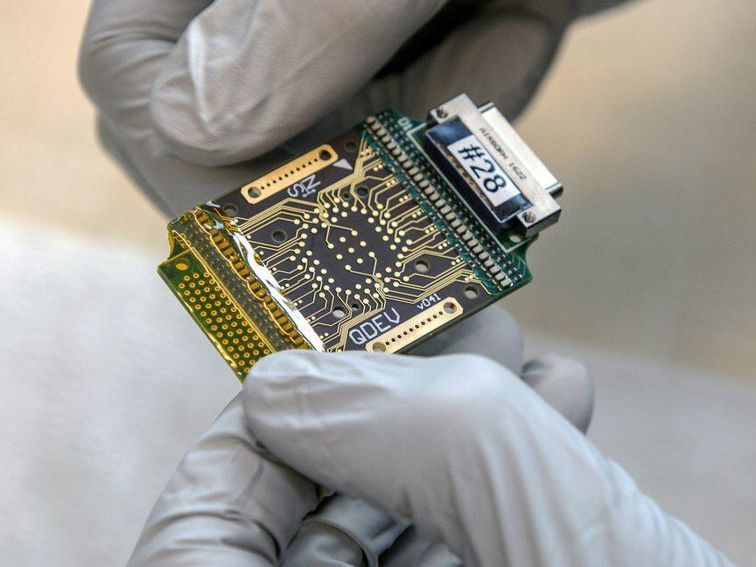


In this interview, AZoNano speaks to Frank Deppe, Junior Group Leader for Superconducting Quantum Circuits at the Walther-Meißner-Institut, about QMiCS and the work that it does.
Can you give a brief overview European Quantum Technology Flagship Program ‘QMiCS’?
The project acronym ‘QMiCS’ means “Quantum Microwaves for Communication and Sensing”. QMiCS is one out of 20 projects which got funded in the highly competitive first call of the European Quantum Technology Flagship Program. Within this program, QMiCS is still a basic science project, where academic research groups collaborate with selected commercial companies. The main task of QMiCS is to explore the potential of non-classical propagating microwaves, whose behavior is controlled by the laws of quantum mechanics, for future applications and commercial exploitation.


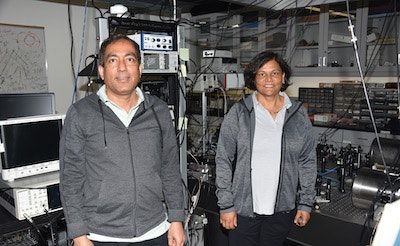
The Department of Defense has awarded Dr. Gour Pati, professor of Physics and Engineering at Delaware State University a $239,908 grant from the U.S. Army to develop and build a millimeter-wave quantum sensing system at DSU.
Dr. Pati – the principal investigator – and his researchers have recognized the increasing importance of millimeter-wave sensing and imaging in commercial and military sectors, as well as how it is driving the development of low-cost sensors. Dr. Pati’s success in winning the DoD grant engages DSU scientists and students in the work of furthering this advancement.
Rydberg atoms have a hypersensitive response to microwave, millimeter-wave and terahertz radiation. They have the potential for applications in modern communications, remote sensing and many other fields, including medical science. Pati and his team will develop a real-time millimeter-wave sensor using laser-induced fluorescence in Rydberg atoms.

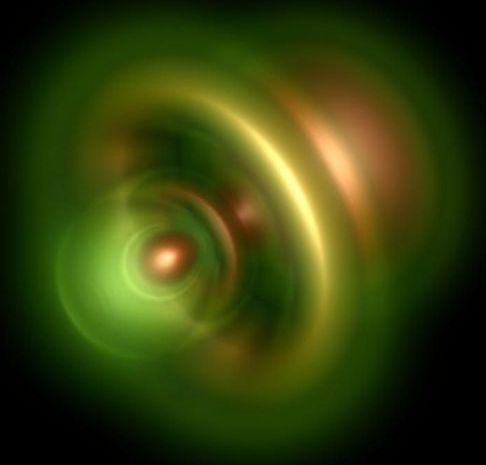
Circa 2016
Laser physicists in Munich have measured a photoionization — in which an electron exits a helium atom after excitation by light — for the first time with zeptosecond precision. A zeptosecond is a trillionth of a billionth of a second (10^−21 seconds). This is the greatest accuracy of time determination ever achieved, as well as the first absolute determination of the timescale of photoionization.
If light hits the two electrons of a helium atom, one must be incredibly fast to observe what occurs. Besides the ultra-short periods in which changes take place, quantum mechanics also comes into play. Laser physicists at the Max Planck Institute of Quantum Optics (MPQ), the Technical University of Munich (TUM) and the Ludwig Maximilians University (LMU) Munich have now measured such an event for the first time with zeptosecond precision.
Either the entire energy of a light particle (photon) can be absorbed by one of the electrons or a division can take place, if a photon hits the two electrons of a helium atom. Regardless of the energy transfer, one electron leaves the atom. This process is called photoemission, or photoelectric effect, and was explained by Albert Einstein at the beginning of last century.

“Cogito, ergo sum,” Rene Descartes. Translation: “I think, therefore I am.”
What makes us, us? How is it that we’re able to look at a tree and see beauty, hear a song and feel moved, or take comfort in the smell of rain or the taste of coffee? How do we know we still exist when we close our eyes and lie in silence? To date, science doesn’t have an answer to those questions.
In fact, it doesn’t even have a unified theory. And that’s because we can’t simulate consciousness. All we can do is try to reverse-engineer it by studying living beings. Artificial intelligence, coupled with quantum computing, could solve this problem and provide the breakthrough insight scientists need to unravel the mysteries of consciousness. But first we need to take the solution seriously.
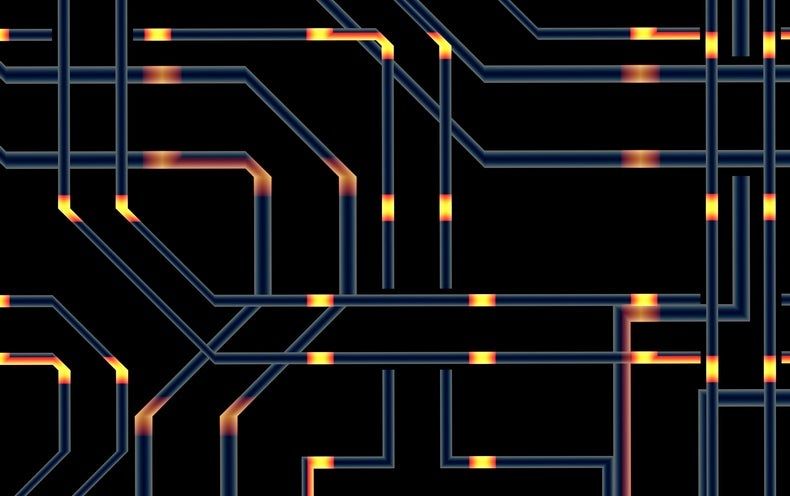
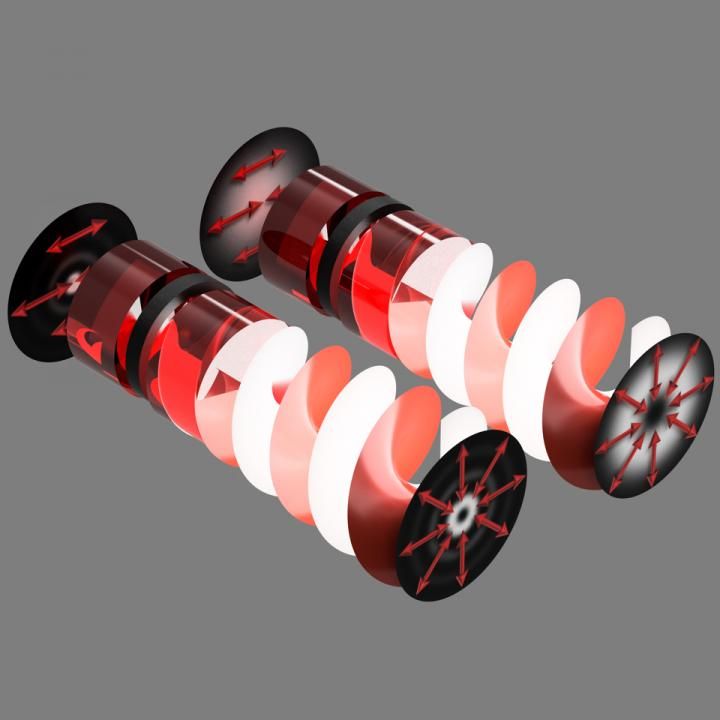
JOHANNESBURG, Nov. 4, 2019 — Researchers from the University of Witswatersrand (Wits) have reported on progress made in the use of structured light in quantum protocols to create a larger encoding alphabet. The researchers said that since patterns of light can be distinguished from each other, they can be used as a form of alphabet. “Light comes in a variety of patterns that can be made unique — like our faces,” professor Andrew Forbes said. “There are, in principle at least, an infinite set of patterns, so an infinite alphabet is available.”